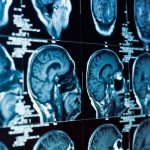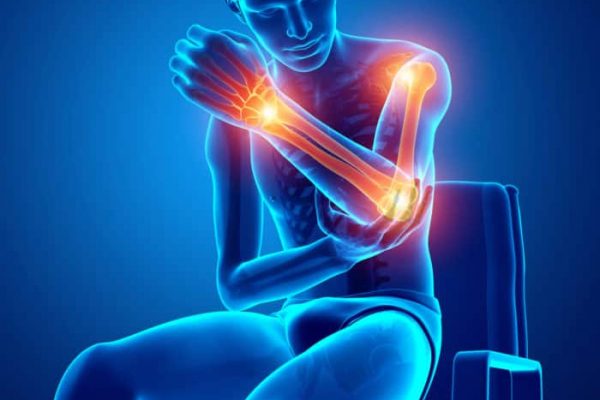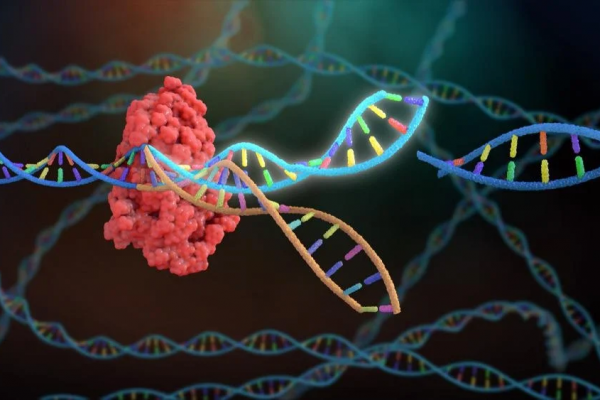By Lily Zimmerman
Bacteria are tiny organisms that create a great range of effects, from causing life-threatening illness to carrying out important internal bodily functions. We often view these tiny creatures as harmful, but in reality, they are absolutely essential to our survival. Bacteria, specifically the billions that populate the gut, help metabolize nutrients, fend off pathogenic matter, synthesize essential molecules, and help with nutrient absorption. However, the gut microbiome is also a sensitive ecosystem, and factors like poor diet, stress, or antibiotics can cause detrimental imbalances. Microbiome imbalances refer to the divergence from the optimal abundance of various bacterial strains. This imbalance is often due to overpopulation of one strain, outcompeting other essential strains and inhibiting their function, with implications for many diseases. For example, acute pancreatitis is associated with a reduction in gut microbiota diversity and overgrowth of certain proinflammatory microbes.
Researchers at the University of San Francisco are investigating a new mechanism by which these imbalances can be corrected. The study entitled “Phage-delivered CRISPR-Cas9 for strain-specific depletion and genomic deletions in the gut microbiome”, describes how CRISPR-Cas9, a new technology for genetic manipulation, could be used to edit gut bacterial genomes, serving as a powerful tool for combating these microbiome imbalances.
While there are current methods used to improve microbiome diversity, such as fecal transplants and probiotic pills, they are sub-optimal. Fecal transplants have unwanted side effects, and the efficacy of probiotic pills has been controversial. Researchers are working on genetic modification of the microbiome which may be a more reliable, effective, and targeted method for correcting imbalances. Additionally, while common treatments like generic antibiotics target bacteria non-specifically, scientists speculate that genetic modification could optimize targeting specific strains of harmful gut bacteria that cause disease.
Few attempts have been made to genetically modify gut bacteria; however, the CRISPR-Cas9 system provides an exciting avenue for this endeavor. The CRISPR-Cas9 system is made up of two key molecules: the Cas9 enzyme and a guide RNA. The Cas9 enzyme serves as the scissors that cut DNA at a specific location, allowing a new DNA sequence to be added, a section of DNA to be removed, or just a strand break to make that section dysfunctional. The guide RNA contains a segment called the scaffold, which is the glue that binds to a specific point on the DNA and also attracts the Cas9 enzyme, directing it to the correct portion of DNA. Once the Cas9 enzyme is attached, it can induce the desired targeted genetic changes. Researchers used E. Coli bacteria as a model strain to test a mechanism they believe is capable of allowing CRISPR to genetically modify bacteria in the mammalian GI tract. In order for the desired components to be inserted, they first needed a way to enter the E Coli. They hoped to use M13 to do this. M13 is bacteriophage, or a virus that can target, infect, and insert strands of DNA into bacteria. Researchers suspected M13 could serve as the vehicle to deliver the CRISPR cargo required for genetic manipulation. Through a series of experiments, they tested M13’s ability to insert the CRISPR system into E. Coli within the mouse gut microbiome, and whether or not successful genetic modification occurred.
They first sought to determine whether or not M13 could insert a desired gene into E. Coli bacteria found in mice. Researchers infected a group of mice with E. Coli and gave them water containing M13 that had an antibiotic resistance gene inserted into it. The antibiotic resistance gene would allow researchers to determine if the M13 had successfully transferred genetic components into the E. Coli, as only those with successful resistance gene transfer would survive antibiotic treatment. Indeed, they found that when E. Coli infected mice were treated with the M13 containing resistance, E. Coli remained in their system even after they had been treated with antibiotics, meaning that M13 had successfully conferred antibiotic resistance and therefore could successfully insert material.
After they determined that they could use M13 to insert genetic material into the E. Coli, researchers had to see if it could actually induce the desired genetic changes. They inserted the CRISPR-Cas9 system along with guide RNA into the M13, programming it to induce deletions at certain points. The team then exposed E. Coli in vitro to the M13 and after DNA sequencing, found that the majority of the E. Coli did in fact contain the desired deletions. However, they also found that the E. Coli was able to repair some of the induced deletions, unveiling an area for further improvement.
Finally, researchers had to determine whether or not they could induce these same changes in the actual gut microbiome, rather than in vitro. They gave E. Coli-infected mice water containing the M13 and the CRISPR system, and tested E. Coli collected in mouse stool. After performing DNA sequencing, they determined that the desired deletions had occurred. Again they found that the E. Coli were able to repair some of the induced deletions.
This series of experiments showed that M13 containing a CRISPR system is able to induce targeted genetic alterations in E. Coli. This demonstrates the exciting potential for the genetic modification of bacteria that exist within the gut. E. Coli is a common species of gut bacteria, and modification tools for E. coli specifically are useful in some cases, but our gut contains an extremely diverse array of important bacteria. Dr. Peter Turnbaugh, communications lead for the project, described in an interview that E. Coli is a relatively easy bacteria to genetically edit, and serves as a simpler and easier model system for the future modification of other types of bacteria. Thus, modification of E. Coli is a good starting point when it comes to manipulation of the gut microbiome, but each bacteria will require a different mechanism. The long term goal is to be able to induce genetic modifications in any strain of gut bacteria, which Turnbaugh says is a long way down the road. Researchers will focus next on finding mechanisms that are similar to M13 and are capable of modifying other bacterial species. Turnbaugh also describes how current attempts have only focused on inducing modifications in mice and in vitro, so further trials involving humans is necessary before it may be a practical treatment.
The long term goal of this research is to develop a technique to alter the makeup of the gut microbiome to correct imbalances present in humans. CRISPR editing has a variety of potential therapeutic effects. It could be used to target overgrown strains and induce deleterious mutations, managing overgrowth and allowing other essential strains to flourish. It could also genetically modify certain strains to enhance their function in the gut. Along with countless other current health issues, the future of microbiome imbalance treatment will likely be dominated by CRISPR based genetic manipulation.
References
Lam, K. N., Spanogiannopoulos, P., Soto-Perez, P., Alexander, M., Nalley, M. J., Bisanz, J. E., Nayak, R. R., Weakley, A. M., Yu, F. B., & Turnbaugh, P. J. (2021). Phage-delivered CRISPR-Cas9 for strain-specific depletion and genomic deletions in the gut microbiome. Cell reports, 37(5), 109930. https://doi.org/10.1016/j.celrep.2021.109930
Zhu, Y., Mei, Q., Fu, Y., & Zeng, Y. (2021). Alteration of gut microbiota in acute pancreatitis and associated therapeutic strategies. Biomedicine & Pharmacotherapy, 141, 111850. https://doi.org/10.1016/j.biopha.2021.111850






